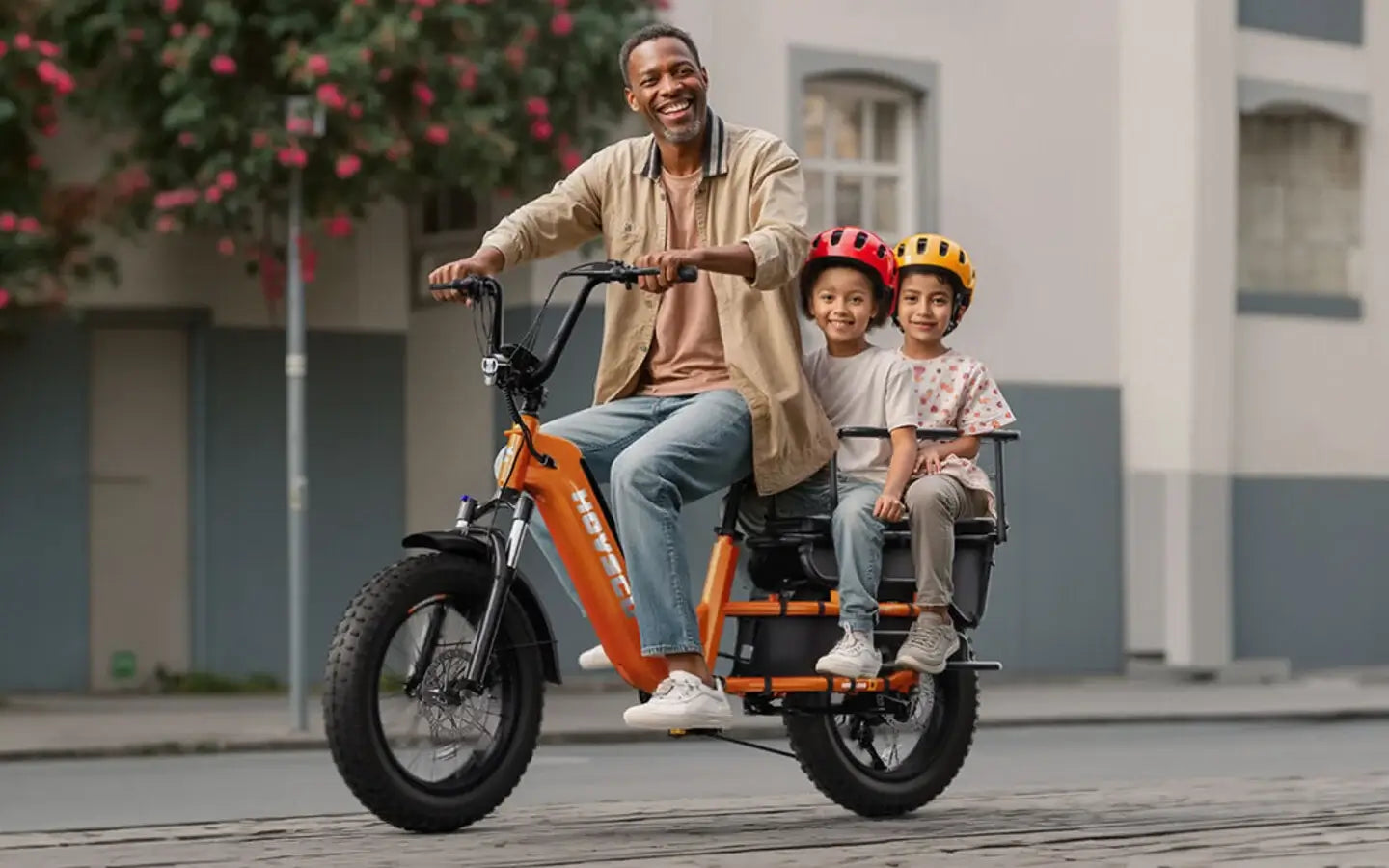
- by LiuJiazhu
Why Does Regenerative Charging Matter for E-Bikes?
- by LiuJiazhu
Regenerative charging in e-bikes refers to the technology where the electric motor acts as a generator during braking or deceleration, converting kinetic energy back into electrical energy to recharge the battery. This process improves energy efficiency, extends battery life, and increases the overall range of the e-bike. It is a key innovation in electric bicycle drive systems that helps recover energy otherwise lost in traditional braking.
Regenerative charging in e-bikes involves the electric motor switching roles from a power consumer to a power generator. When the rider brakes or slows down, the motor’s magnets and coils induce an electromotive force (back EMF), which converts the bike’s kinetic energy into electrical energy. This energy is then fed back into the battery through a rectifying and control circuit that manages charging efficiently, often targeting the battery cells with the lowest voltage first to optimize battery health and charging speed.
Regenerative braking recovers part of the energy that would otherwise be lost as heat in mechanical brakes. By converting this kinetic energy back into electrical energy, it reduces the need for external charging and extends the riding range. The system dynamically adjusts braking force and recharging current based on battery charge level and motor speed to optimize both braking performance and energy recovery.
Key components include the electric motor capable of functioning as a generator, a battery pack designed for recharging, rectifying circuits to convert AC to DC, detection circuits to monitor battery cell voltages, and charging control switching circuits that regulate power flow. Speed controllers manage the motor’s operation, switching between drive and generation modes seamlessly during riding and braking.
While regenerative charging enhances efficiency, it usually recovers only a fraction of the energy consumed due to limitations in motor design and riding conditions. The electrical output during regeneration is often lower at low speeds, making it less effective in stop-and-go urban riding. Additionally, the complexity and cost of the regenerative charging circuitry can increase the overall price of the e-bike.
Some advanced e-bikes incorporate pedal charging, where the rider’s pedaling motion directly drives a generator to produce electricity, supplementing battery charging. This manual charging approach can work alongside regenerative braking to improve energy recovery and extend battery life, especially in hilly or variable terrain conditions.
Various e-bike models, including those developed by innovative brands like HOVSCO, integrate regenerative charging systems tailored for different riding styles such as commuting, trail exploring, and mountain hiking. These systems vary in motor configuration, battery capacity, and control electronics to balance efficiency, cost, and performance.
When purchasing an e-bike with regenerative charging, consider the following:
Investing in an e-bike with a well-designed regenerative charging system can improve your riding range and reduce charging frequency, making it a smart choice for eco-conscious and cost-savvy riders.
“HOVSCO’s commitment to integrating regenerative charging technology reflects our passion for advancing sustainable transportation. By optimizing motor and battery interactions, we enhance energy recovery without compromising ride quality. Our designs focus on balancing innovation, safety, and user experience to empower riders across diverse environments.” – HOVSCO Engineering Team
Q: Can regenerative charging fully recharge an e-bike battery?
A: No, regenerative charging recovers only a portion of energy during braking; it supplements but does not replace external charging.
Q: Does regenerative charging work at all speeds?
A: It is most effective at higher speeds where motor-generated voltage is sufficient; at low speeds, energy recovery is limited.
Q: Will regenerative charging damage the battery?
A: Properly designed systems manage charging currents and cell voltages to prevent battery damage and prolong battery life.
Q: Are all e-bikes equipped with regenerative charging?
A: No, regenerative charging is more common in advanced or premium e-bike models due to added complexity and cost.
Q: How does regenerative braking affect riding experience?
A: It provides smoother braking and energy recovery but may feel different from traditional mechanical brakes; many systems blend both for optimal control.
Share:
How to Choose and Ride a 2000w Electric Bike for Adults: Power, Performance & Practicality
How to Choose the Best 3000W Electric Bike for Adults?